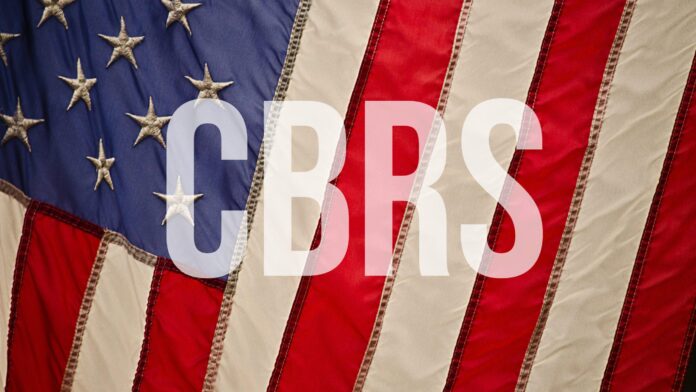There is “renewed enthusiasm” for cellular 4G and 5G networks in private and shared CBRS spectrum in the US, says SNS Telecom & IT. The firm reckons annual investments in 4G/LTE and 5G NR-based systems will grow at a compound annual rate (CAGR) of around 15 percent between 2024 and 2027 to surpass $1.3 billion by the end of the period. Much of the growth will be driven by private cellular, neutral host, and fixed wireless (FWA) broadband network deployments, it said. The spend is calculated for 4G/5G core, radio (RAN), and transport infrastructure.
The market for 3GPP-based CBRS devices is “even bigger” in the period, it says. Sales of industrial IoT and FWA devices for CBRS networks, running in 150 MHz of spectrum in the 3.5 GHz (3.55-3.7 GHz) 48/n48 band will account for $2.4 billion in annual sales by 2027, according to a new report from the firm. Among other refinements, SNS Telecom & IT says the revival is down to recent relaxation of rules and guidelines, under the CBRS 2.0 moniker, which extends the commercial reach of CBRS spectrum from 78 percent to 97 percent of the total US landmass.
The Federal Communications Commission (FCC) has also proposed higher transmit power levels and interference protection for critical private network users in indoor facilities. SNS Telecom & IT says close to half of the 400,000-odd active CBRS ‘service-devices’ (CBSDs) are based on 4G and 5G air interface technologies, operating in both general (GAA) and priority (PAL) spectrum tiers. “The rest of the market comprises FWA broadband networks built using non-3GPP equipment supplied by the likes of Cambium Networks and Tarana Wireless,” it writes.
It notes the value of CBRS for rural FWA, MVNO offload, and private 4G/5G. It adds: “There has been a surge in the adoption of CBRS small cells as a cost-effective alternative to DAS for neutral-host public cellular coverage in carpeted enterprise spaces, public venues, hospitals, hotels, higher education campuses, and schools.” It lists examples as Meta’s offices, City of Hope Hospital, Stanford Health Care, Sound Hotel, Gale South Beach Hotel, Nobu Hotel, Arizona State University, Cal Poly, University of Virginia, Duke University and Parkside Elementary School.
It writes: “Also well underway are commercial rollouts of 5G NR network equipment operating in the CBRS band, which are laying the foundation for advanced application scenarios with more demanding performance requirements in terms of throughput, latency, reliability, availability, and connection density – for example, Industry 4.0 applications such as connected production machinery, mobile robotics, AGVs, and ARassisted troubleshooting.” It lists private 5G deployments by Tesla, Toyota Material Handling, BMW Group, John Deere, LG Electronics, and Walmart.

